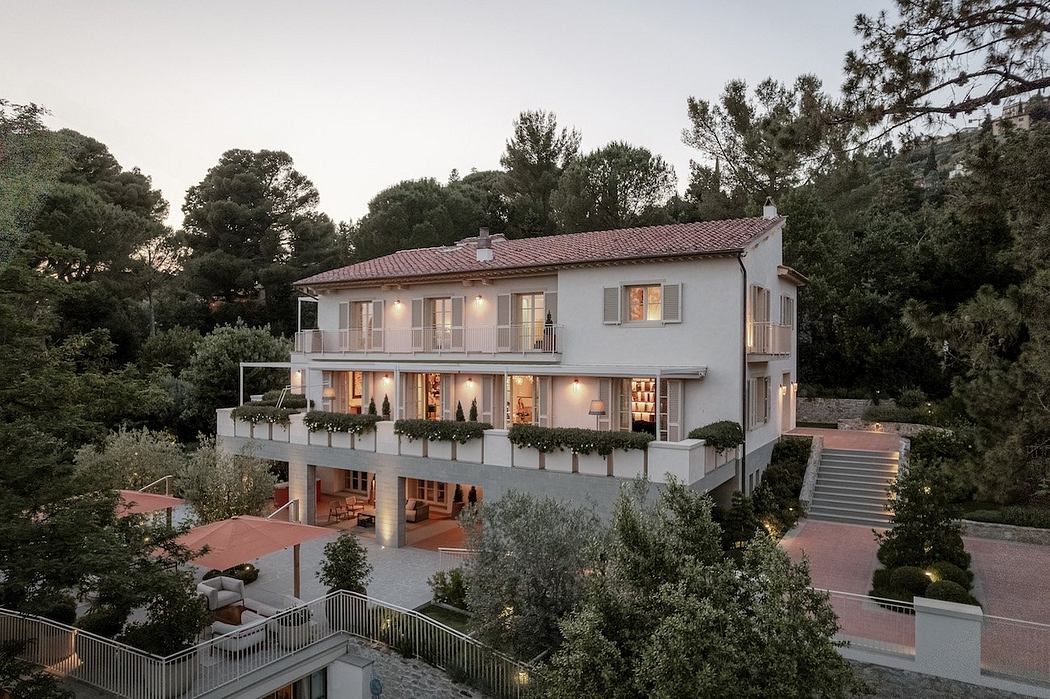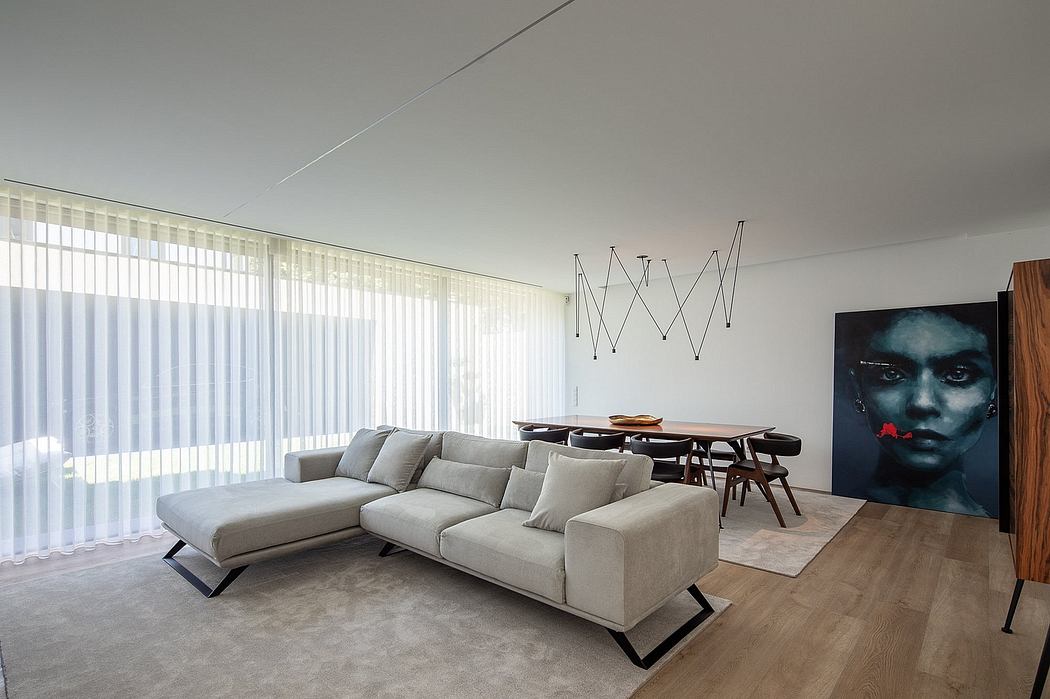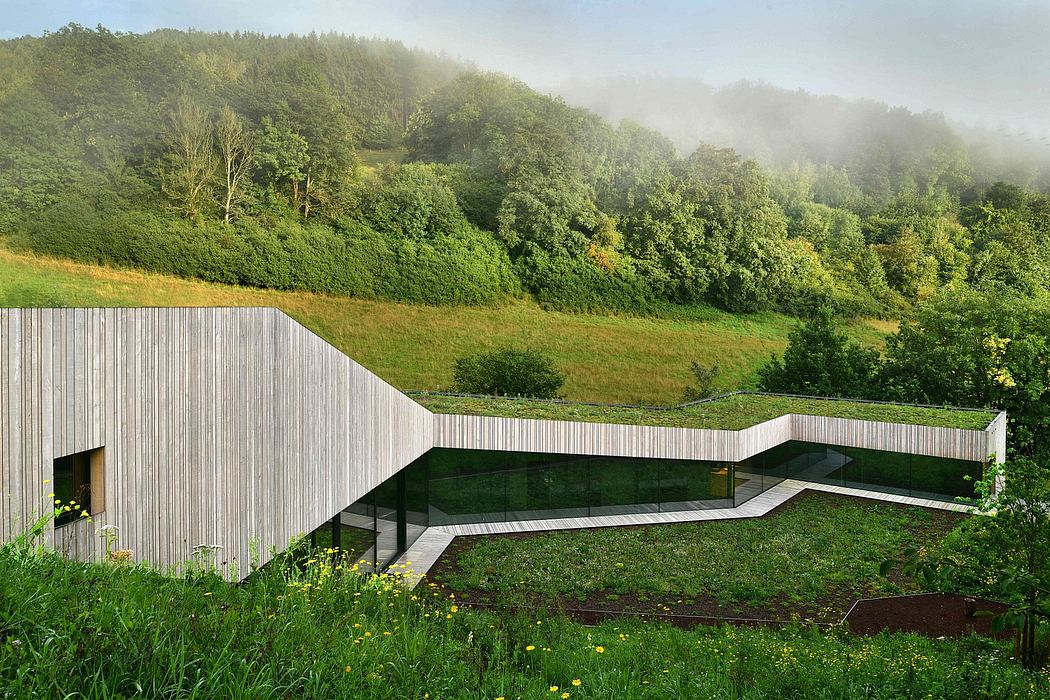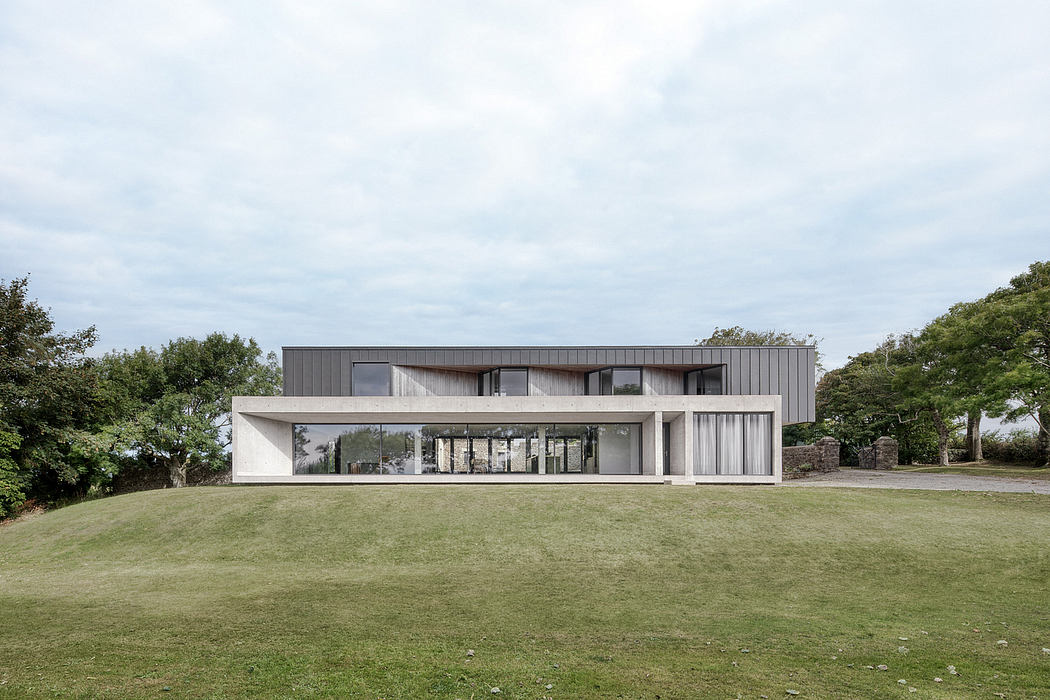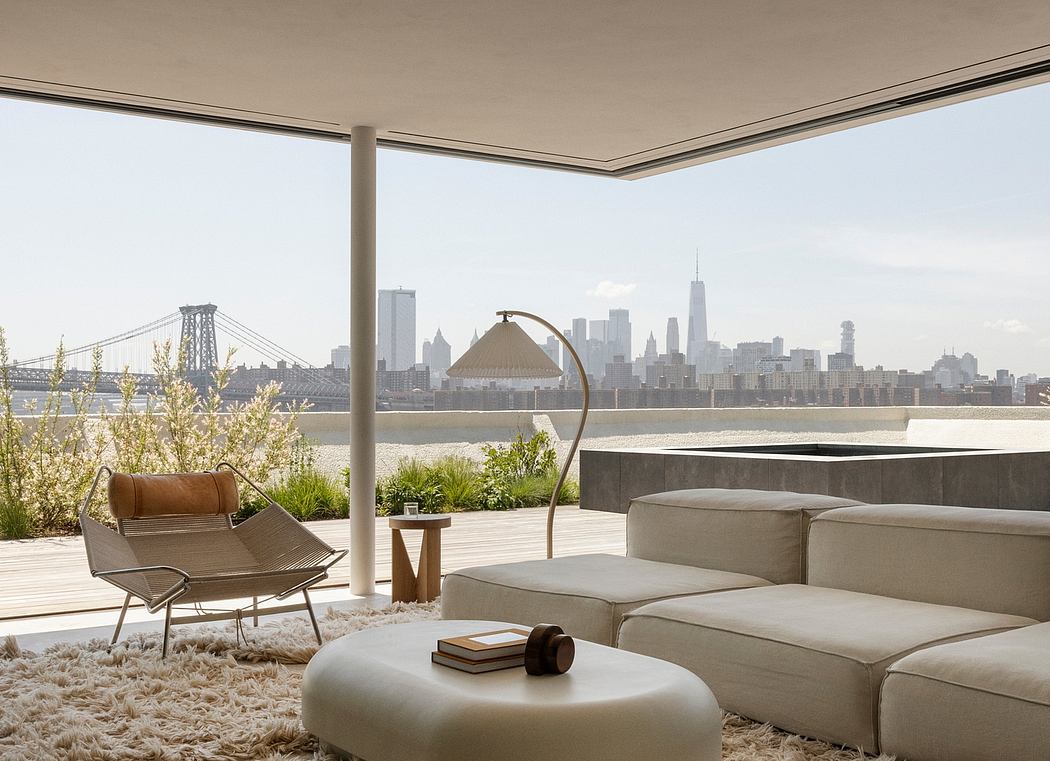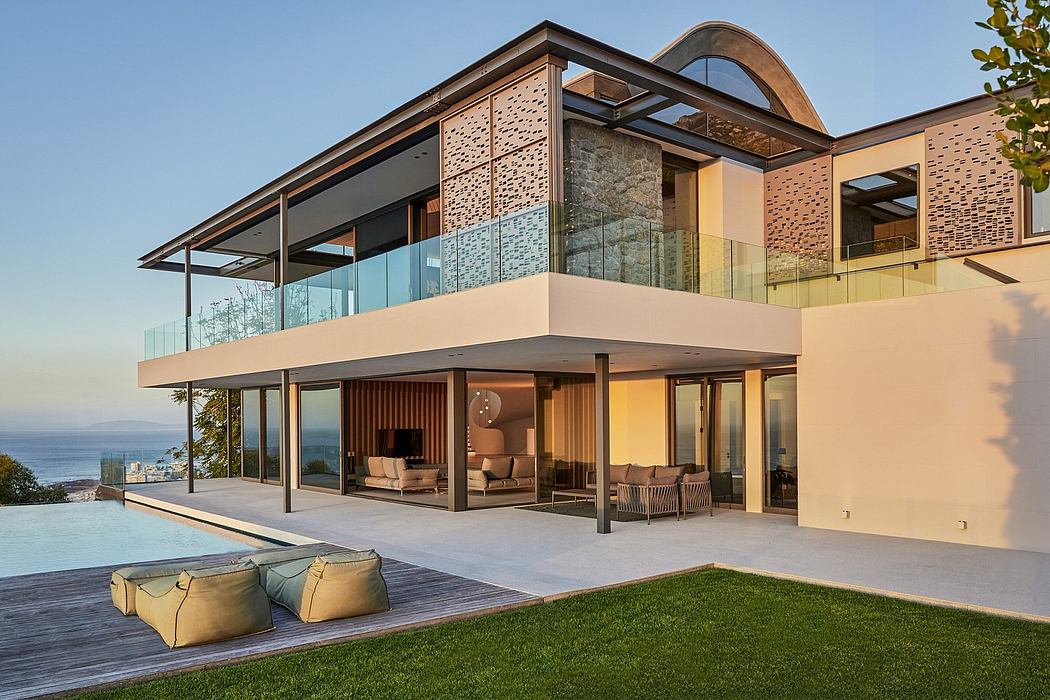Revolutionary Nature: the Architecture of Hiroshi Sambuichi

Our world revolves. Not just literally, as it does around the sun, but in nature?s every aspect. Seasons cycle into each other (though more erratically each year), waves trace and retrace the beaches with the shifting tide, flowers open, close, and turn to follow the path of the sun. Even we are governed by these circular natural systems. Maintenance of our circadian rhythms, a human connection to light, is so essential to our health that it is a required element in many contemporary building codes.Â
Naoshima Hall. Image © Sambuichi Architects
Our world revolves. Not just literally, as it does around the sun, but in nature?s every aspect. Seasons cycle into each other (though more erratically each year), waves trace and retrace the beaches with the shifting tide, flowers open, close, and turn to follow the path of the sun. Even we are governed by these circular natural systems. Maintenance of our circadian rhythms, a human connection to light, is so essential to our health that it is a required element in many contemporary building codes. But despite the ubiquity of these natural rhythms, we spend much of our lives working in opposition to them. Buildings and the way we inhabit them particularly threaten this. We breathe in canned and stale air, work in deep floor plans that do not reach natural light, and keep waking hours out of sync with any natural calendar. Architecture may protect us from the unpleasant parts of nature, but it separates us from everyt...
Naoshima Hall. Image © Sambuichi Architects
Our world revolves. Not just literally, as it does around the sun, but in nature?s every aspect. Seasons cycle into each other (though more erratically each year), waves trace and retrace the beaches with the shifting tide, flowers open, close, and turn to follow the path of the sun. Even we are governed by these circular natural systems. Maintenance of our circadian rhythms, a human connection to light, is so essential to our health that it is a required element in many contemporary building codes. But despite the ubiquity of these natural rhythms, we spend much of our lives working in opposition to them. Buildings and the way we inhabit them particularly threaten this. We breathe in canned and stale air, work in deep floor plans that do not reach natural light, and keep waking hours out of sync with any natural calendar. Architecture may protect us from the unpleasant parts of nature, but it separates us from everyt...
| -------------------------------- |
|
|
Villa M by Pierattelli Architetture Modernizes 1950s Florence Estate
31-10-2024 03:55 - (
architecture )
Leça da Palmeira House by Raulino Silva
31-10-2024 03:55 - (
architecture )

